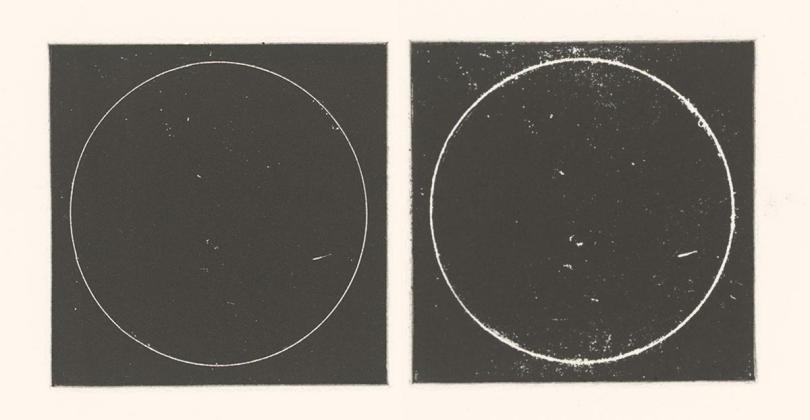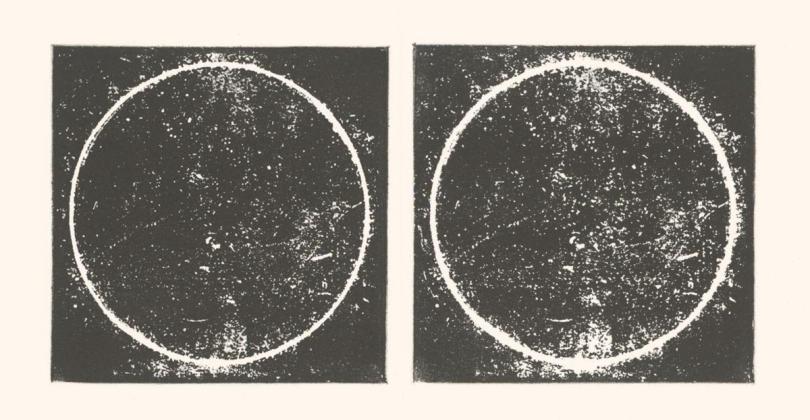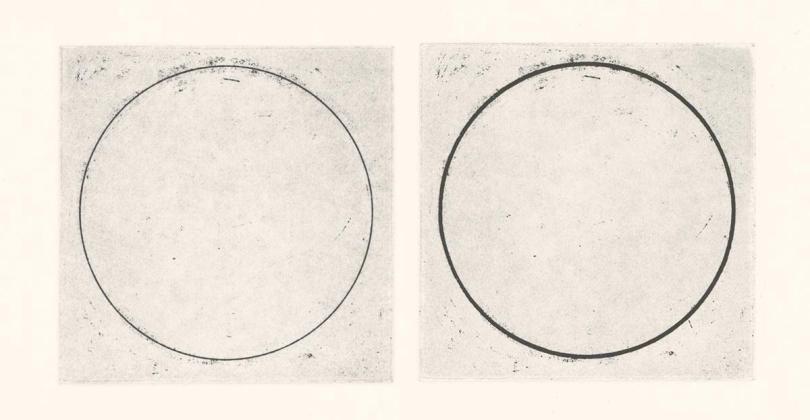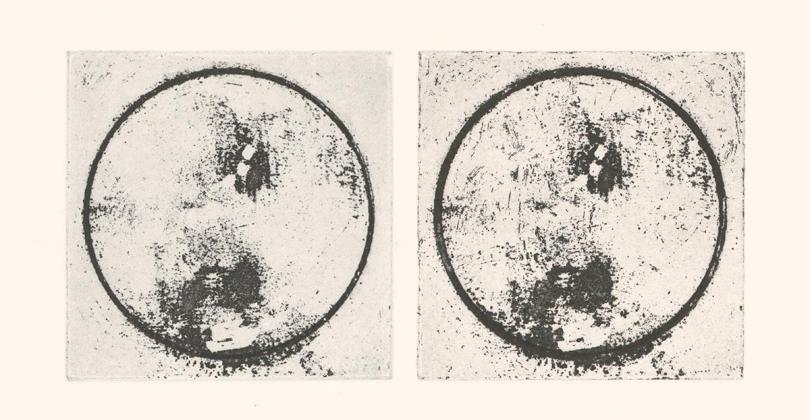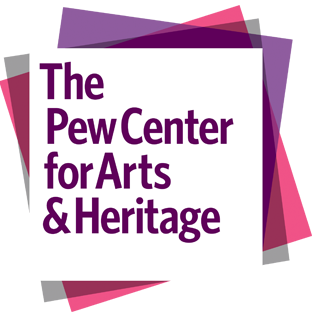Join our mailing list and receive invitations to our events and updates on our research in your inbox.
Taking as its point of departure Ian McHarg's landmark book Design With Nature (1969), Design With Nature Now surveys 25 dynamic and visionary approaches to landscape architecture around the world, takes visitors to McHarg's Glasgow in a series of abstract meditations on place and time, and traces the development of his ecological approach to design.
Design With Nature Now: Five Themes, 25 Projects
Meyerson Hall Lower Gallery
June 21–September 15
Gallery Hours: Tuesday through Friday, 10:00am to 5:00pm; Saturday 12:00 to 5:00pm.

<p>The environmental quality of one of the world’s largest inland water bodies—the Great Lakes of North America—is the focus of Healthy Port Futures. The project stems from a series of events held in 2015 under the rubric of DredgeFest Great Lakes, the third of the Dredge Research Collective’s DredgeFests. Healthy Port Futures focuses on sediment management in small, working ports around the Great Lakes. Typically, the port authorities and the United States Army Corps of Engineers dredge the sediment to maintain shipping channels and dump or dispose of the material as a waste product. The Healthy Port Futures project improves on this process in two ways: it uses dredged material in an ecologically and socially constructive manner to create new landscapes such as wetlands and recreational areas; and it reduces sediment buildup in shipping channels by using passive and adaptable sediment management systems to redirect sediment flow.</p>
Image Credits:
Sean Burkholder, Brian Davis, Theresa Ruswick, Matthew Moffitt
Funding Acknowledgements:
The Healthy Port Futures project is possible through the generous funding of the Great Lakes Protection Fund. Supplemental support for the project has been provided by Cornell University, The University of Pennsylvania, The State University of New York at Buffalo, and the Saint Anthony Falls Laboratory at the University of Minnesota.
Project Team:
At its inception Healthy Port Futures was coordinated with the DredgeFest Great Lakes event held in Minnesota and organized by the Dredge Research Collaborative. The Dredge Research Collaborative consists of the following members:
Rob Holmes – Auburn University
Tim Maly – Rhode Island School of Design
Brett Milligan – University of California at Davis
Gena Wirth – Scape Landscape Architecture
Brian Davis – Cornell University
Sean Burkholder – University of Pennsylvania
Justine Holzman – University of Toronto
The project team for Healthy Port Futures is as follows:
Sean Burkholder – University of Pennsylvania
Brian Davis and Theresa Ruswick – Cornell University
Kimberly Hill and Jeffrey Marr – University of Minnesota
Matthew J. Lewis – Michigan Aerospace
Walter Dinicola, Nathan Holiday, and Matthew Henderson – Anchor QEA
Jeff Schaeffer – USGS Great Lakes Science Center
David Knight – The Great Lakes Commission
Matthew Moffitt – MArch Candidate, Harvard Graduate School of Design
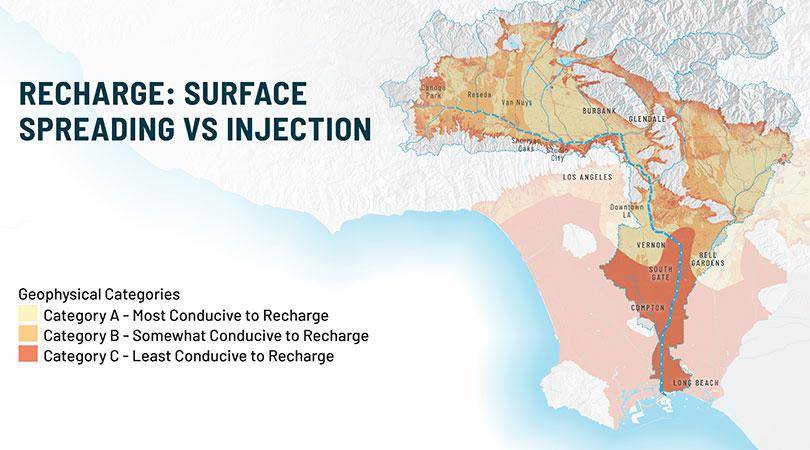
<p>The Los Angeles river is 51 miles (82 kilometers) long, built of concrete, and dry for most of the year. In 2015, the Environmental Protection Agency declared the river to be navigable, thereby subjecting it to the rules and regulations mandated in 1977 by the Clean Water Act. Although it is still early on in the design process, the L.A. River Master Plan update by OLIN and Gehry Partners is the most recent, and perhaps most promising, manifestation of many years’ struggle to breathe life into the river. The master plan builds on more than twenty years of advocacy by L.A. landscape architect Mia Lehrer, local planning agencies, the Army Corps of Engineers and others—all of whom have expressed a different vision for the future of the river. The river corridor passes through more than a dozen cities. The master plan addresses aspects of water use in various contexts: safety-protection from flooding, loss of life, and property; sustainability—catching, cleaning, and using water in reservoirs, wetlands, and aquifers; creating habitat for a range of species; and human use for the health of the region and populace.</p>
OLIN: Laurie Olin, Richard Roark, Jessica Henson, Andrew Dobshinsky, Nate Wooten, Michael Miller, Joanna Karaman, AJ Sus, Diana Jih, David Armbruster, Danielle Toronyi
Gehry Partners: Frank Gehry, Tensho Takemori, Meaghan Lloyd
Geosyntec Consultants: Mark Hanna, Al Preston
Outreach: River LA
Client: Los Angeles County Public Works
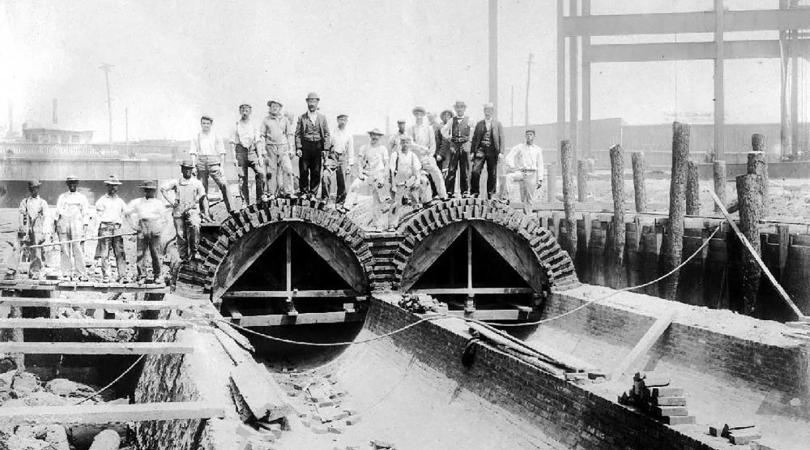
<p>GreenPlan Philadelphia was unveiled by lead consultants WRT, LLC, in 2006: a vision for open space in Philadelphia that focused on green infrastructure as a way to solve many of the city’s water, sustainability, and quality of life problems. Inspiring this work was a strong culture of community organizing by environmental nonprofits and the precedent of Anne Whiston Spirn’s work with the Mill Creek community in West Philadelphia in the 1980s. Driven by the city’s increasingly urgent need to respond to concerns from the Environmental Protection Agency—empowered by the Clean Water Act to regulate combined sewer overflows (CSOs) when they damage the health of urban streams and water sources—GreenPlan Philadelphia entered a multiyear planning process and ultimately resolved the agency’s concerns. Led by a progressive mayor, Michael Nutter, GreenPlan Philadelphia became a vehicle for transforming the city’s vast network of vacant land into one of the nation’s most robust networks of urban green infrastructure.</p>
Management Group / Client Group
Fairmount Park Commission
Office of the Managing Director
Department of Commerce
Mayor’s Office of Sustainability
Philadelphia City Planning Commission
Philadelphia Water Department
Department of Recreation
Zoning Code Commission
Consultants
WRT, LLC
Center for City Park Excellence, Trust for Public Land
Evergreen Capital Advisors, Inc.
SK Designworks, Inc.
Nitsch Engineering
James S. Russell, AIA
The Pennsylvania Horticultural Society
Western Pennsylvania Conservancy
Funders
City of Philadelphia
Pennsylvania Department of Conservation and Natural Resources
William Penn Foundation
U.S. Forest Service
PECO, An Exelon Company
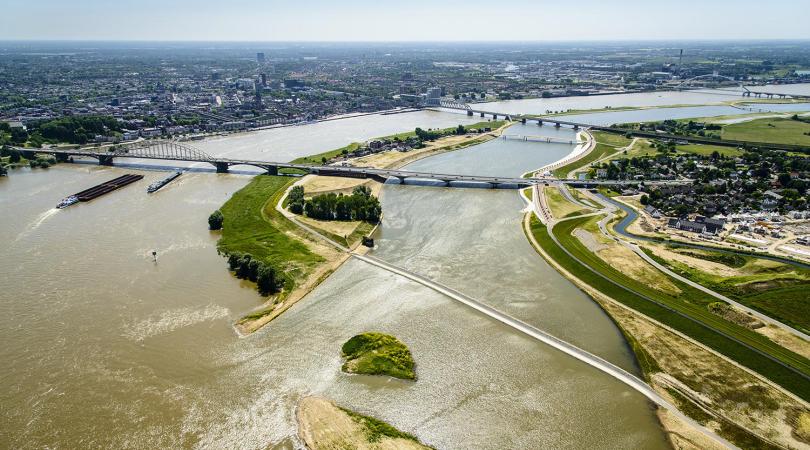
<p>Reacting to the resurgence of its water management difficulties in the 1990s, the Dutch government made flood protection a top priority, paying special attention to climate change implications. Around the turn of the 21st century, as climate change implications grew more apparent, the idea of giving more room to the rivers first gained traction. A 2002 study determined that the maximum carrying capacity of the Rhine to avoid overflowing the dikes was 15,000 cubic meters per second (mps), and the overarching goal for the Room for the River project was to increase that capacity to 16,000 cubic mps. Room for the River is not a single project but a collection of thirty-four projects located along rivers throughout the Netherlands. Each project has two goals. The first goal was to develop flood abatement strategies in order to safely increase the carrying capacity of the major Dutch rivers—the Waal, the Nederrijn/Lek, and the IJssel—all of which flow out of the Rhine River near the German border. The second goal, to create a more attractive river landscape, was given equal weight. This commitment to the improvement of local quality of life at such a large scale is what sets Room for the River apart from other forward-thinking projects in water management.</p>
Room for the River is a cooperation among nineteen different entities overseen by the Ministry of Infrastructure and Water Management/Rijkswaterstatt. More information at: http://www.roomfortheriver.com/
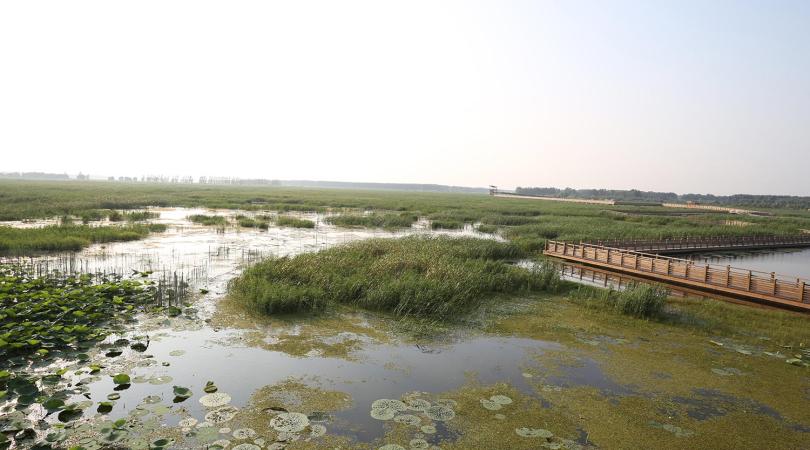
<p>The first phase of the Weishan Wetland Park in the town of Jining in China’s Shandong Province was completed in 2013. The impetus for this 15 square mile (39 square kilometer) park was the adjacent development of a new urban center just south of the existing city of Weishan, near the southeastern edge of the expansive Nansi Lake (also called Weishan Lake). This new southern town will eventually have 50,000 residents in an area that was previously agricultural. The proximity to Nansi Lake, one of the country’s largest and most polluted lakes, makes the park’s purification function especially important, as the lake is a part of China’s ambitious, though ecologically and socially disruptive, South-North Water Diversion Project, which redirects fresh water from the Yangtze River in the south to the more arid Yellow River basin in the north. Although the water filtration and purification techniques used in the park are not novel, their scale and integration into the new town mark a significant shift in thinking about water, both within Shandong Province and in China as a whole. Weishan Wetland Park is thus an early example of the type of thinking that launched the Chinese national government’s renowned “sponge cities” initiative in 2015.</p>
Project Credits
AECOM Team
Qindong Liang, Lian Tao, Yan Hu, Heng Ju, Yi Lee, Jin Zhou, Enrique Mateo, Xiaodan Daisy Liu, JiRong Gu, Li Zoe Zhang, YinYan Wang, Yan Lucy Jin, Kun Wu, Qijie Huang, Jing Wang, Ming Jiang, Danhua Zhang, Junjun Xu ,Shouling Chen, Gufeng Zhao, Benjamin Fisher, FanYe Wang, Shuiming Rao, Changxia Li, Donald Johnson, Agnes Soh
Contractor:
Shanghai Machinery Complete Equipment (Group) Co., LTD
Consultants:
Wetland Consultant: Shandong Environmental Protection Science Design and Research Institute
Sculpture Consultant: UAP
Laurel McSherry: A Book of Days
Arthur Ross Gallery, Housed in the Fisher Fine Arts Library Building
June 21–September 15
Gallery Hours: Tuesday, Thursday, and Friday 10:00am to 5:00pm; Wednesday 10:00am to 7:00pm; Saturday and Sunday 12:00 to 5:00pm.
Laurel McSherry: A Book of Days is conceived to inspire visitors to think about their everyday landscapes in new and thoughtful ways. Presented at and in collaboration with Penn’s Arthur Ross Gallery, this site-specific installation by landscape architect and visual artist Laurel McSherry, takes as its subject the Clyde River Valley in Scotland, McHarg’s childhood home. McHarg’s experiences in the landscapes there inform the very personal narrative which is central to Design With Nature. A Book of Days brings that experience to life through a series of installations using the mediums of video, etchings, and sculpture.
Ian McHarg: The House We Live In
Kroiz Gallery, Architectural Archives
June 21–September 15
Gallery Hours: Tuesday through Friday, 10:00am to 5:00pm; Saturday 12:00 to 5:00pm.
Ian McHarg: The House We Live In, presented in the Kroiz Gallery (located across a public plaza from the Meyerson Galleries in the Fisher Fine Arts Library building), draws from extensive archival holdings in the School's Architectural Archives to locate the foundations of Design With Nature in the 1950s and challenge some critics’ perception that McHarg was uninterested in design and aloof to the subtleties of human experience. It brings a new emphasis to his early teaching, the activism it inspired among his students and followers, and the tools he created to redefine the parameters of design to be more attuned to the natural processes that form our ever-changing landscapes.
